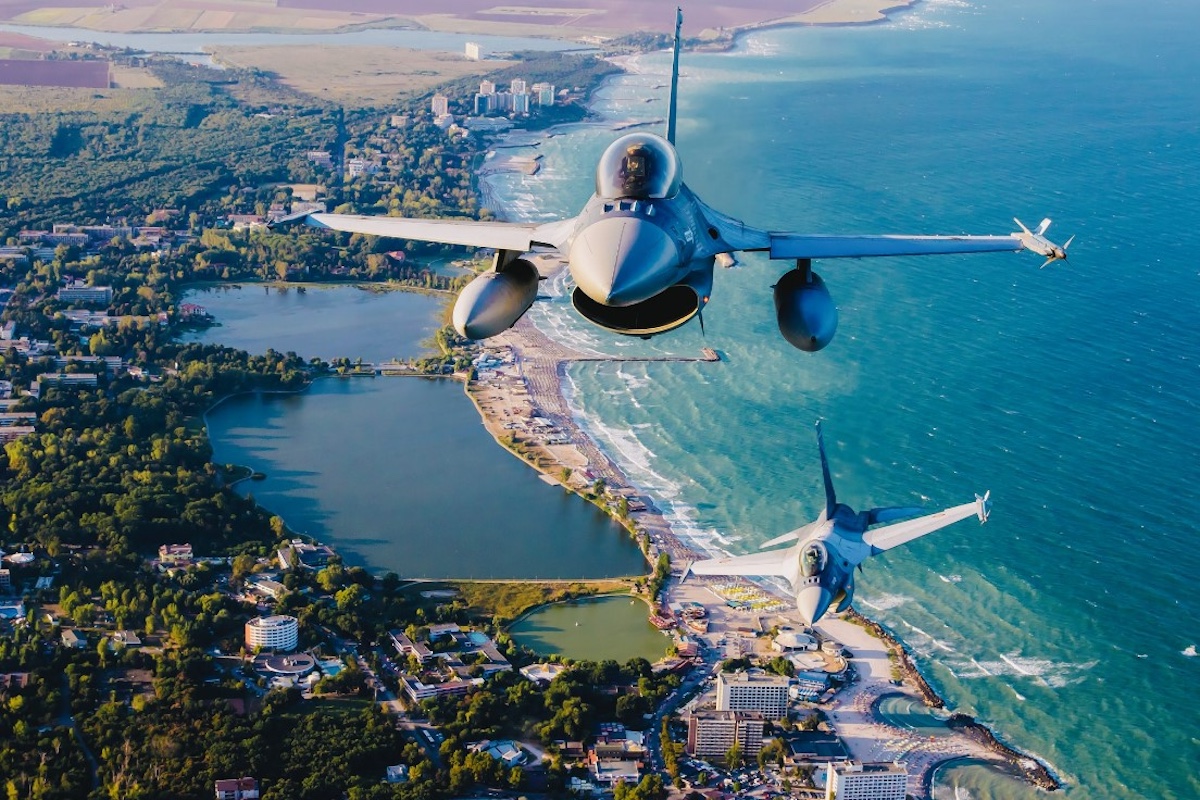The danger of the Ukraine war spilling over to Europe is rising. The risk of a European war has never been so high.
The general consensus among military experts is that Ukraine is slowly, but inexorably, losing the war against Russia. But what does that mean?
On its face, Ukraine does not have enough soldiers to continue fighting the Russians for much longer. The burn rate for Ukraine is in the hundreds per day and battles are nowadays normally described as “meat grinders” because of the high number of casualties.
Russia has a large reserve of trained fighting men, estimated at around half a million; Ukraine has almost no reserves that have not already been deployed.
Even so, Russia’s end-game strategy is murky. Sometimes the Russians say they want to create a “buffer zone” to protect Russian territory from attack.
However, the introduction of long-range ballistic and cruise missiles rules out a buffer zone unless it reaches almost to the Dnieper River. Even then, a buffer zone does not protect Zaporizhzhia or Crimea.
NATO is now introducing F-16s to Ukraine, which reportedly will operate from Romanian airfields. They will be equipped with long-range JASSM cruise missiles and AIM-120 air-to-air missiles.
Will Russia need to destroy their Romanian air base operations or will NATO back off the idea of using them to launch F-16 sorties that, some anticipate because of location, will be aimed at hitting Crimea?
Crimea is ultra-sensitive to Russia. Recently, Ukraine has launched heavy salvos of long-range missiles at Crimean targets including airfields and harbors, especially at Sevastopol. It is believed it will soon, once again, attempt to destroy the Kerch bridge.
Most of these missiles have been supplied by NATO (mostly American) and all of them are given targets based on NATO-supplied coordinates.
NATO operates spy planes, long-range radars and satellites to pinpoint the exact coordinates for their Ukrainian clients. The Russians, depending on air defenses to try and ward off most of the damage, have kept fairly quiet about these attacks.

Crimea attacks have no actual military purpose because Ukraine lacks the ground forces needed to fight a battle there. The idea is to humiliate the Russians but the likely result may be the reverse.
As the pressure is stepped up, Russia can be expected to respond with brutal force, either by attacking Kharkiv, Odesa or Kiev, or some or all of the above.
Russia has more long-range rockets than NATO can supply and Kiev does not have enough surviving air defenses to protect its cities from devastation. What, then, is the NATO strategy other than to punish Russia as Ukraine loses its war?
It would seem that NATO is trying to convince the Russians that they will pay a very high price for defeating Ukraine. Some in NATO may think that pressure will grow inside Russia to back off and stop their latest offensive operations, maybe even seek a ceasefire.
Unfortunately, there is no reason to believe Russia can be convinced to halt their operations against Ukraine or consider a ceasefire. Despite a lot of talk about a ceasefire, it would work in Ukraine’s favor, not Russia’s.
The Russians have sent their own message to Washington by sending Russian warships and nuclear submarines to Cuba.

Whether Washington will “get it” is not clear. In fact, everything points in the other direction: Russia is increasingly angry with attacks on its territory and on Crimea.
The actual pressure inside Russia’s leadership is to significantly step up attacks on Ukrainian targets. These messages were passed around in a series of private meetings this month at the St Petersburg economic summit.
Putin did not say it, at least not out loud, but the next level down in Russia’s leadership was voicing its anger and frustration and looking to blast both the Ukrainians and NATO.
Some European leaders, dangerously losing political support at home, particularly French President Emmanuel Macron, may opt for a bigger war to try and shift public opinion in their favor.
Sending troops and offering fighter jets and other weapons could be interpreted as intentionally aiming for a wider, European war. The fact that the US apparently is behind using F-16 bases in Romania may be Biden’s way to cause a war in Europe and save his sinking political fortunes.
(Or maybe Biden knows nothing about it but his handlers have cooked up this “new” strategy to save their boss’s hide.)

Such ideas are inherently risky because NATO’s defenses are embarrassingly thin. Risking the alliance and Europe’s future for the sake of staying in office is, in and of itself, shameful and probably criminal if true.
Nor is there any proof that public opinion will support a bigger war. In fact, it is more likely there is pent-up anti-war feeling in Europe that will burst out, both from the right and left and probably the center too.
NATO is already perilously close to turning itself into an aggressor alliance, which could spell its disintegration and rejection.
Stephen Bryen is senior correspondent at Asia Times. He served as staff director of the Near East Subcommittee of the US Senate Foreign Relations Committee and as a deputy undersecretary of defense for policy.
This article was first published on his Weapons and Strategy Substack and is republished with permission.

